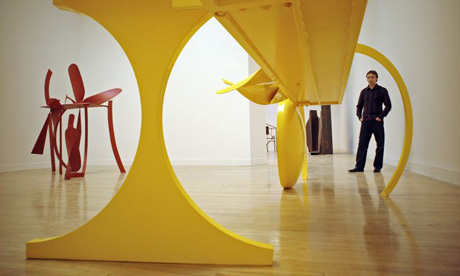I was researching on the internet for my new 'colour' project and I came across a very useful source of information when relating to colour as a tool of communication. I have been told that colour can 'make or break' a piece of design and the right choice is vital. I feel it is important to know which colour shouts what at the viewer. Take a look below.
Red - evokes aggressiveness, passion, strength and vitality
Pink - evokes femininity, innocence, softness and health.
Orange - evokes fun, cheeriness and warm exuberance.
Yellow - evokes positivity, sunshine and cowardice.
Green - evokes tranquility, health and freshness.
Blue - evokes authority, dignity, security and faithfulness.
Purple - evokes sophistication, spirituality, costliness, royalty and mystery.
Brown - evokes utility, earthiness, woodsy-ness and subtle richness.
White - evokes purity, truthfulness, being contemporary and refined.
Gray - evokes somberness, authority, practicality and a corporate mentality.
Black - evokes seriousness, distinctiveness, boldness and being classic.
+047.JPG)

